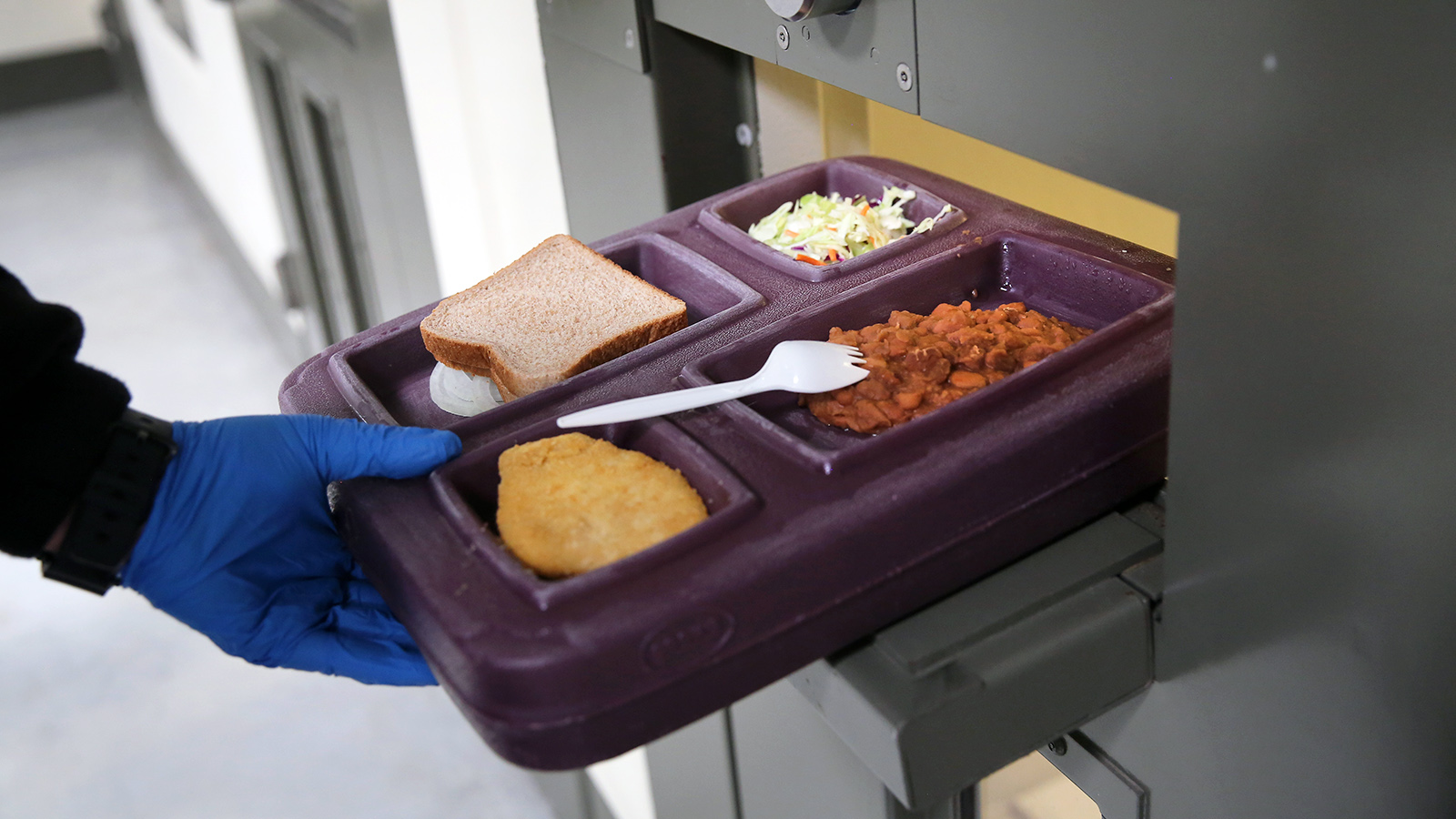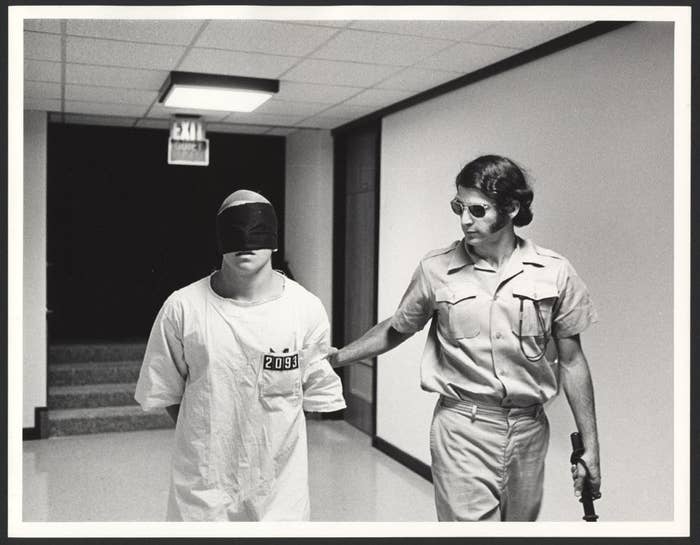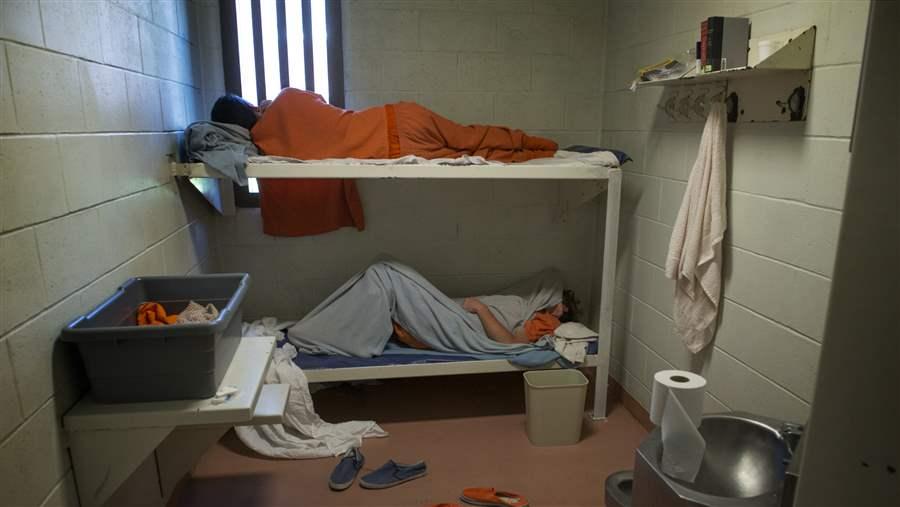Placing people in prison has a negative effect on the poverty population in the United States. As stated in previous posts, the United States currently incarcerates 2.2 million people, nearly half of whom are non-violent drug offenders, accused people held pre-trial because they cannot afford their bail, and others who have been arrested for failure to pay debts or fines for minor infractions. Placing these people in prison only adds to their problems and leaves various negative effects individuals and families living in poverty. When an income generating member of the family is placed in prison, the family looses that source of income for their home. The family is then forced to adjust to that loss of income, and deal with the consequences that follow. The United States prison system should be reformed due its contribution to the number of people living in poverty.

Incarcerating people has a stronger impact when the indigent lives in poverty. Many developing countries such as the U.S. do not not provide financial assistance to the indigent. People who are rich and deal with prison sentences have no problem. They can financially support themselves, their family, and their trial to make their prison sentence as light as possible. However, families who live in poverty experience financial losses as a result of the imprisonment and their family. This is rooted by the new expenses that must be met such as the cost of a lawyer, food for the imprisoned person, transport to prison for visits and so on. When released, often with no prospects for employment, former prisoners are generally subject to socio-economic exclusion and are thus vulnerable to an endless cycle of poverty, criminality and imprisonment. Likewise, imprisonment contributes directly to the impoverishment of the prisoner, of of his family and of society by creating future victims and reducing future potential economic performance.
Let’s take a family of five for example. The family is living in poverty with three kids, a mother, and a father. The mother works at the local restaurant and struggles to support her family. The father works as a lousy salesman and does not too too well for himself. The father still makes double the income of the mother, and plays an essential part in supporting the families finical issues. Although the income is low, the father is the largest supporter to the family. One day, he gets arrested for a non-violent drug offense and is sentenced to six months in prison. He can no longer bring in income for his family, and as a result the family will suffer from that. This is a basic example with a clear solution. Non violent drug offenses should not result in prison sentences. While they are not ideal in a society, they do happen. Instead of sentencing people to prison for these crimes, they should be sent to a rehabilitate center for the appropriate time to help break any negative cycles.

In addition, being in prison takes one out of society for a prolonged amount of time. Many times, people forget how to interact, search for jobs, and present themselves in the real world after spending prolonged amounts of time in prison. It is also important to consider how a prison sentence is a permanent stamp on ones record. If you were dealing with poverty prior to a prison sentence, there is no doubt that it will be even harder after prison.

Researches have looked into the statistical aspect of what imprison does to the population in poverty. Recent research indicates that, if not for the rise in incarceration, the number of people in poverty would fall by as much as 20 percent. The U.S. economy more than doubled in the three decades prior to the Great Recession, but the poverty rate remained largely unchanged. At the same time, incarceration rates increased rapidly by 342%, from 111 to 491 for every 100,000 citizens. When the statistical data comes into play, the negative effects are exposed. The U.S. prison system needs to be reformed because of this. The number of people living i poverty is more important then placing someone in prison for a non violent crime.
In conclusion, the United States prison system needs to be reformed due its contribution to the number of people living in poverty. Poverty has been an ongoing problem in the U.S. for years now. Everyone is always talking about ways to break the negative cycle, and how people can be lifted from poverty. Rebuking non-violent crimes from the U.S. law can be a huge step forward in breaking that cycle.







/GettyImages-1167840218-c63de5682af64c82a935a92edd55d425.jpg)

